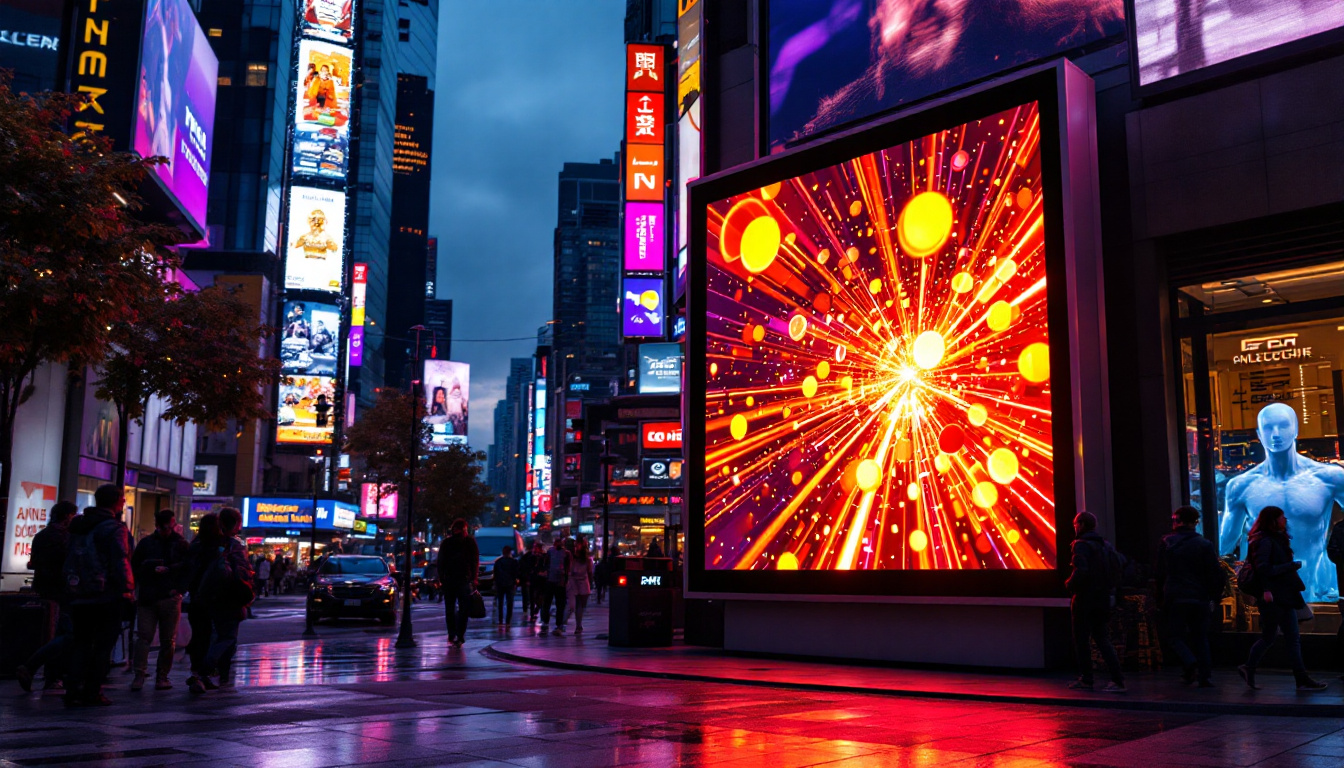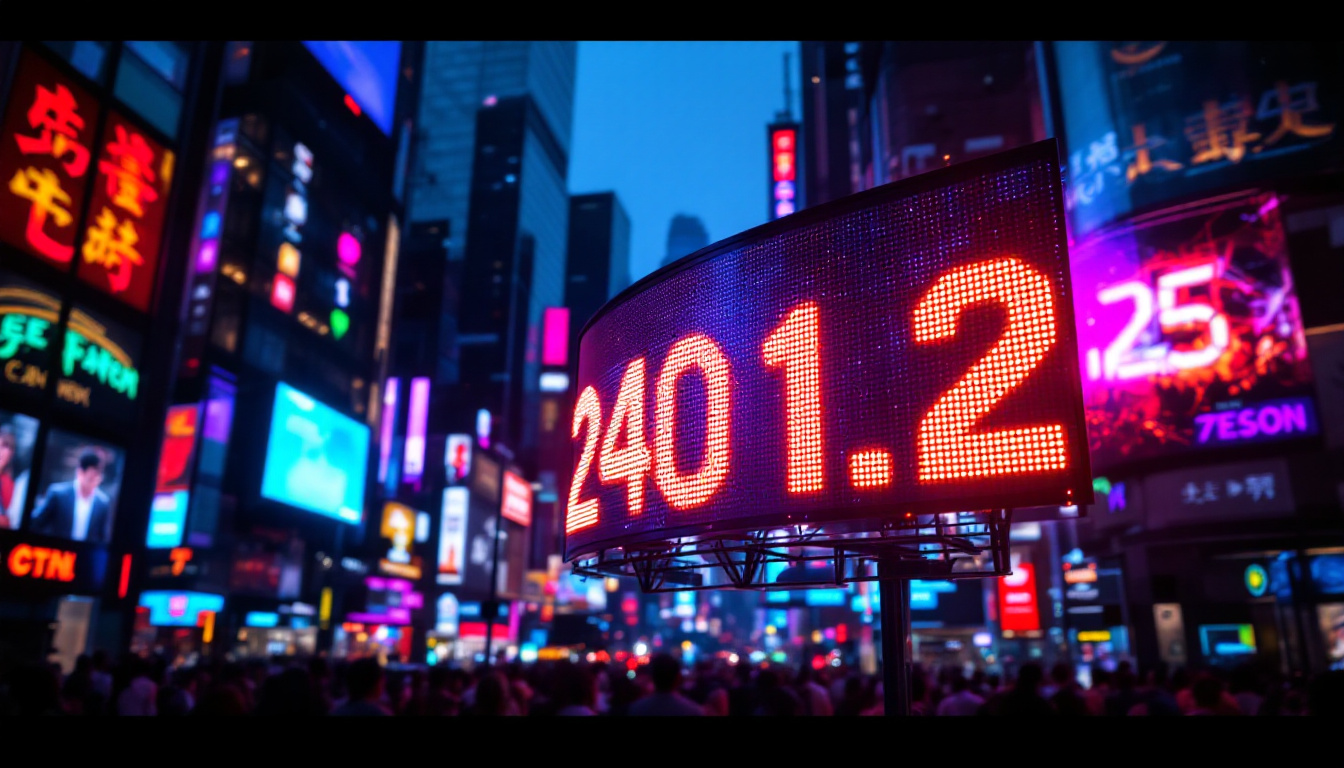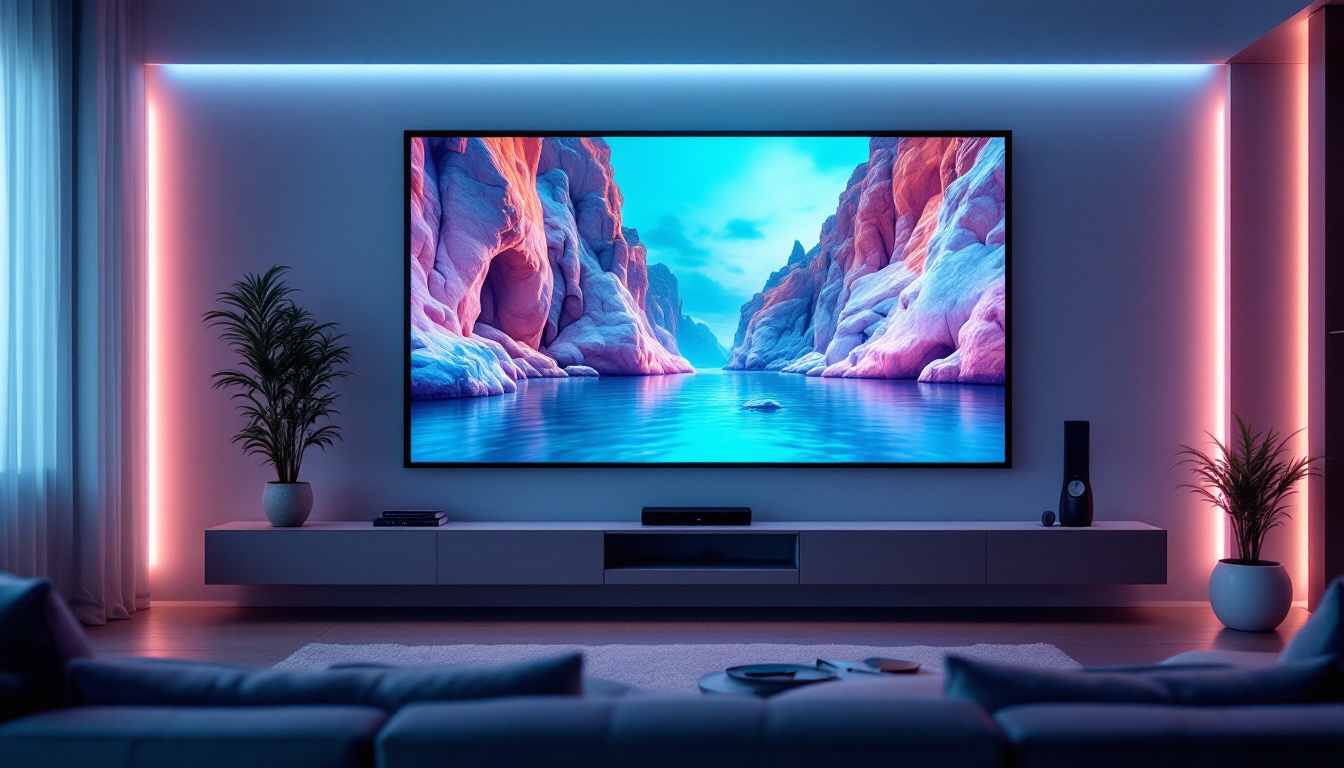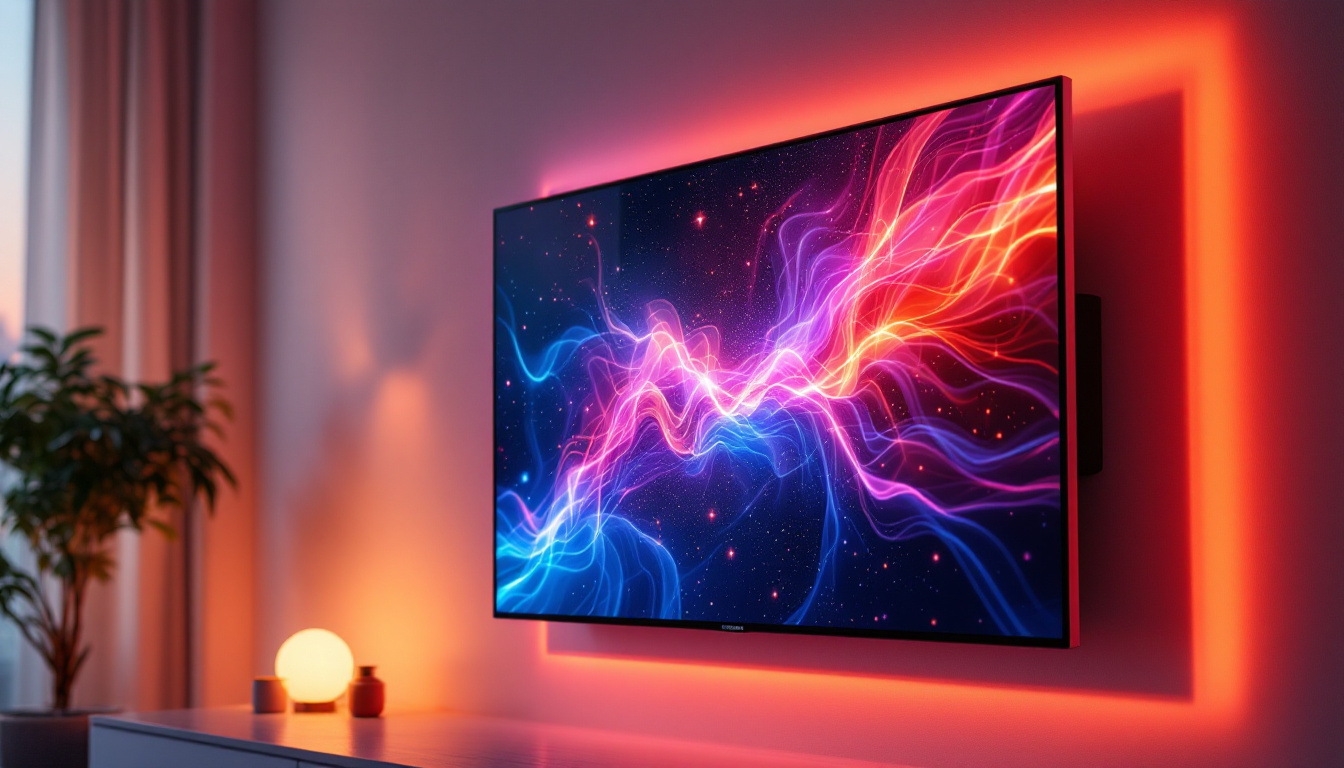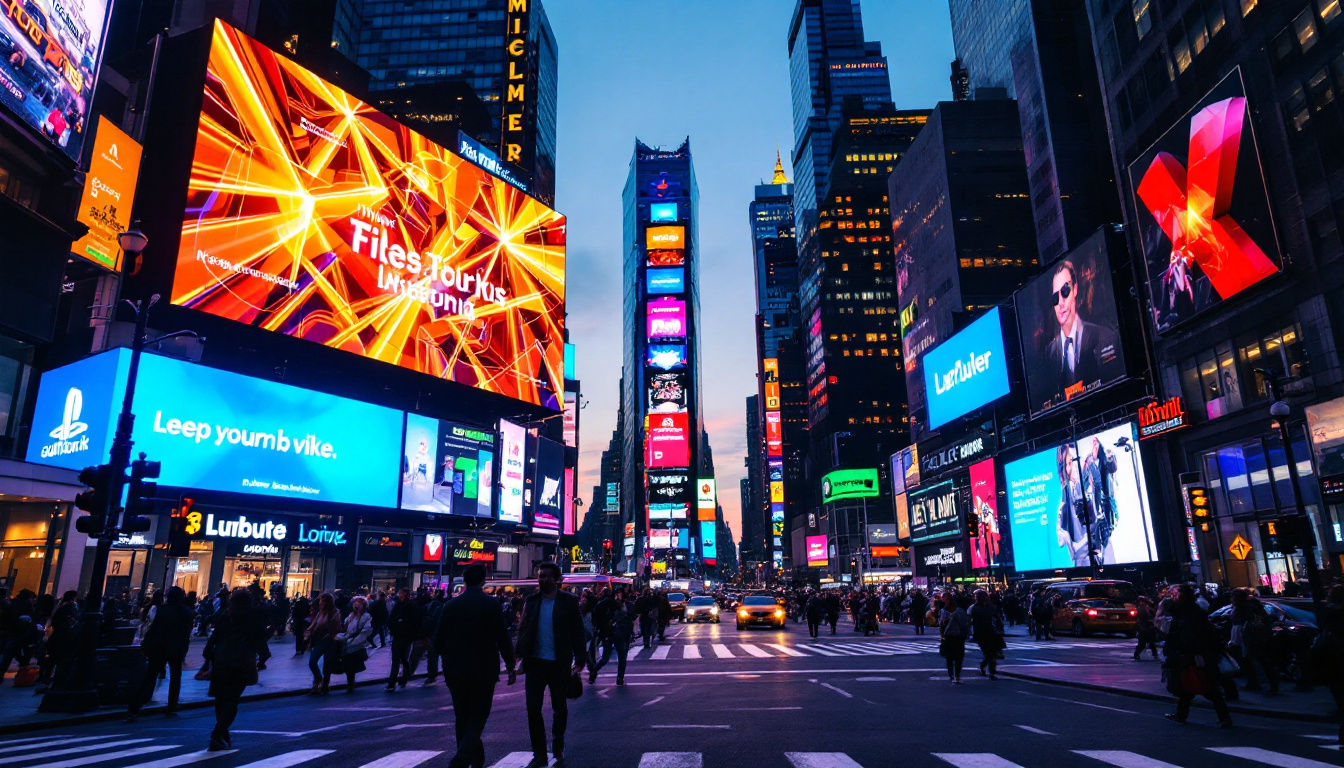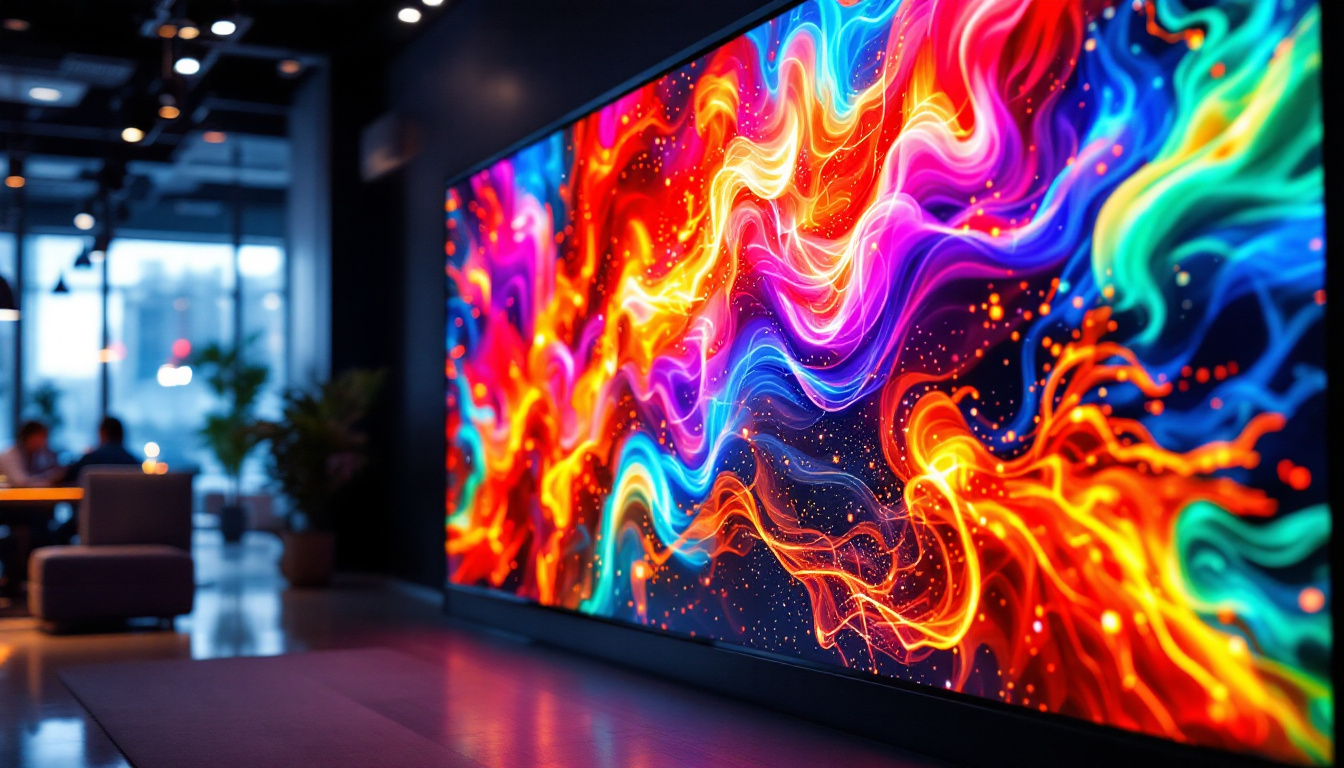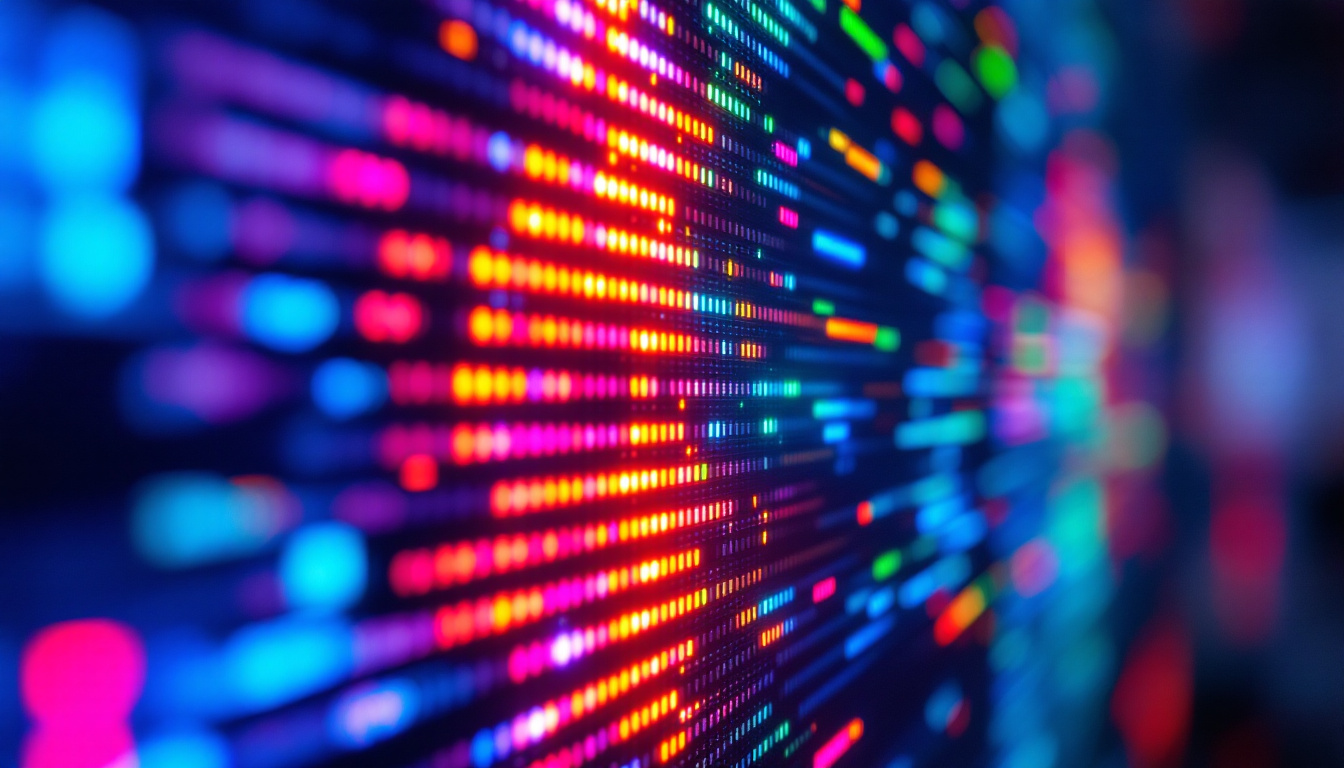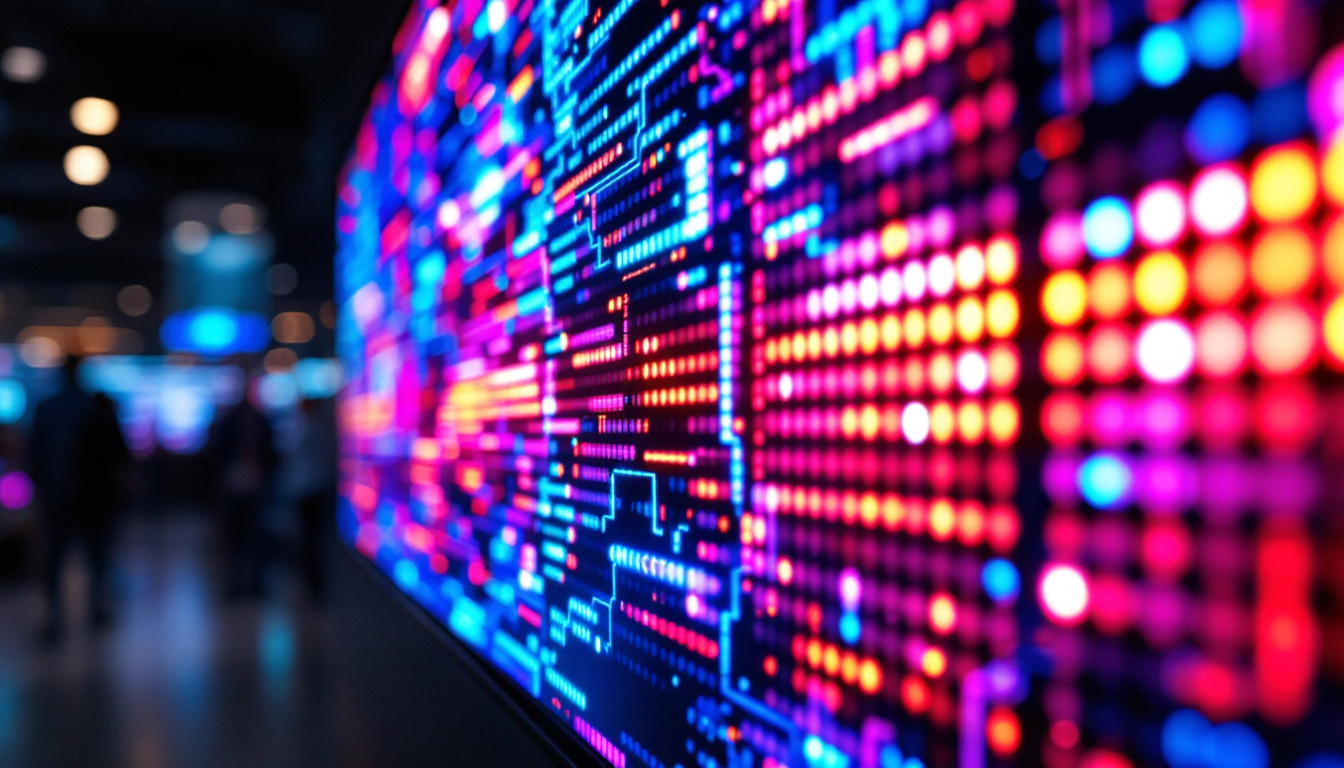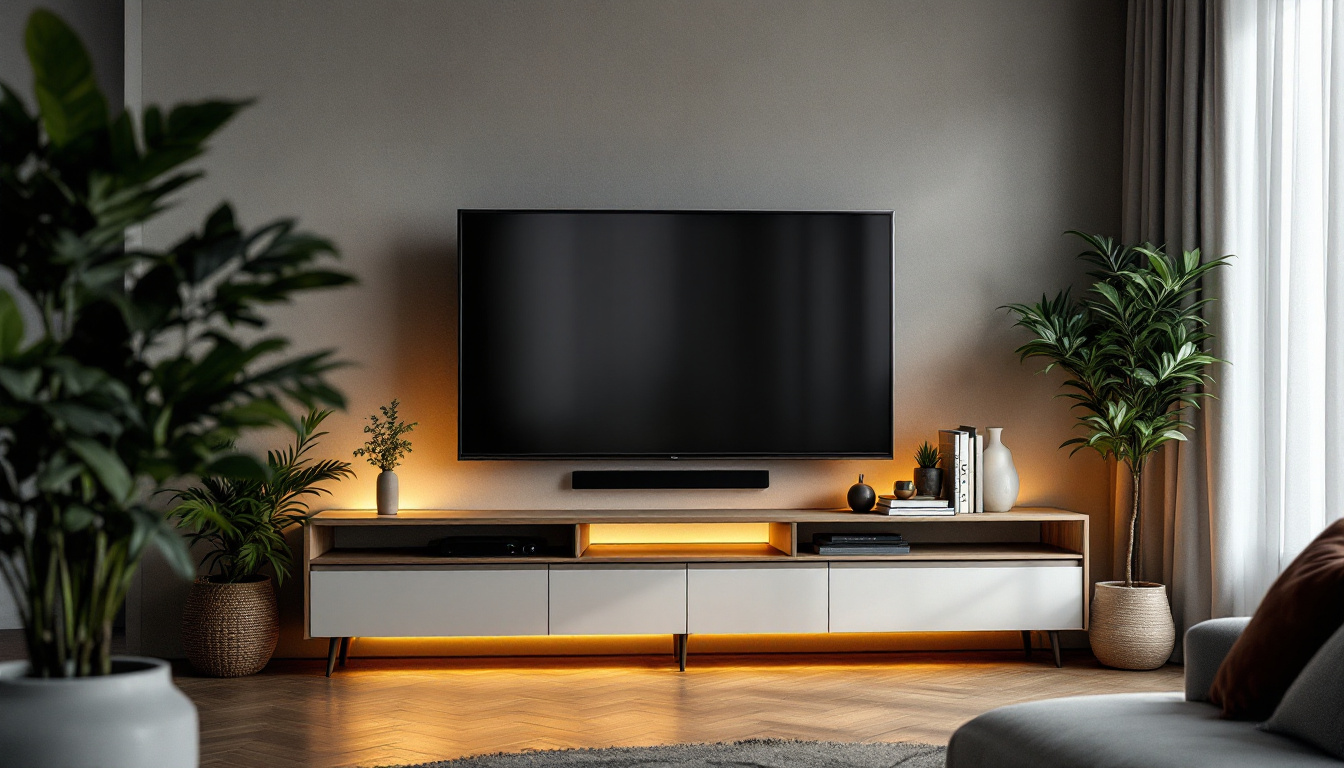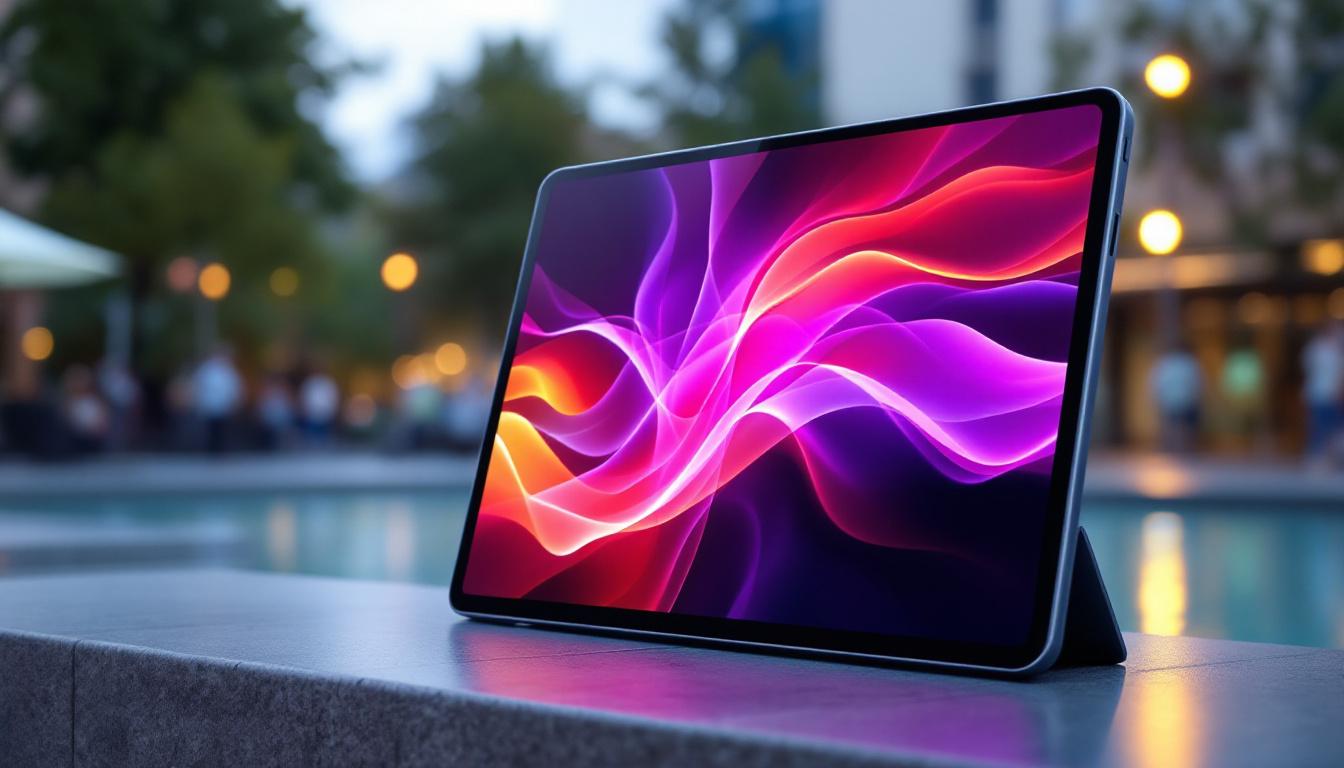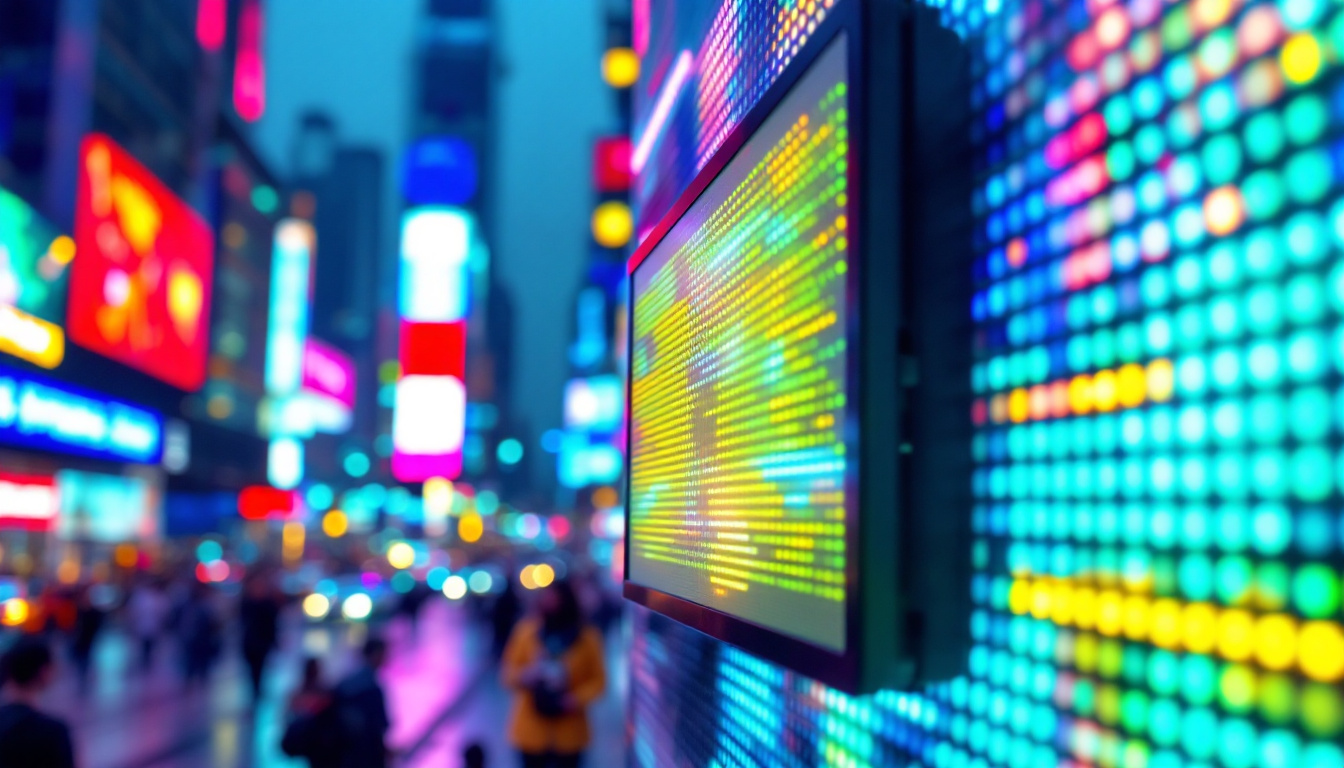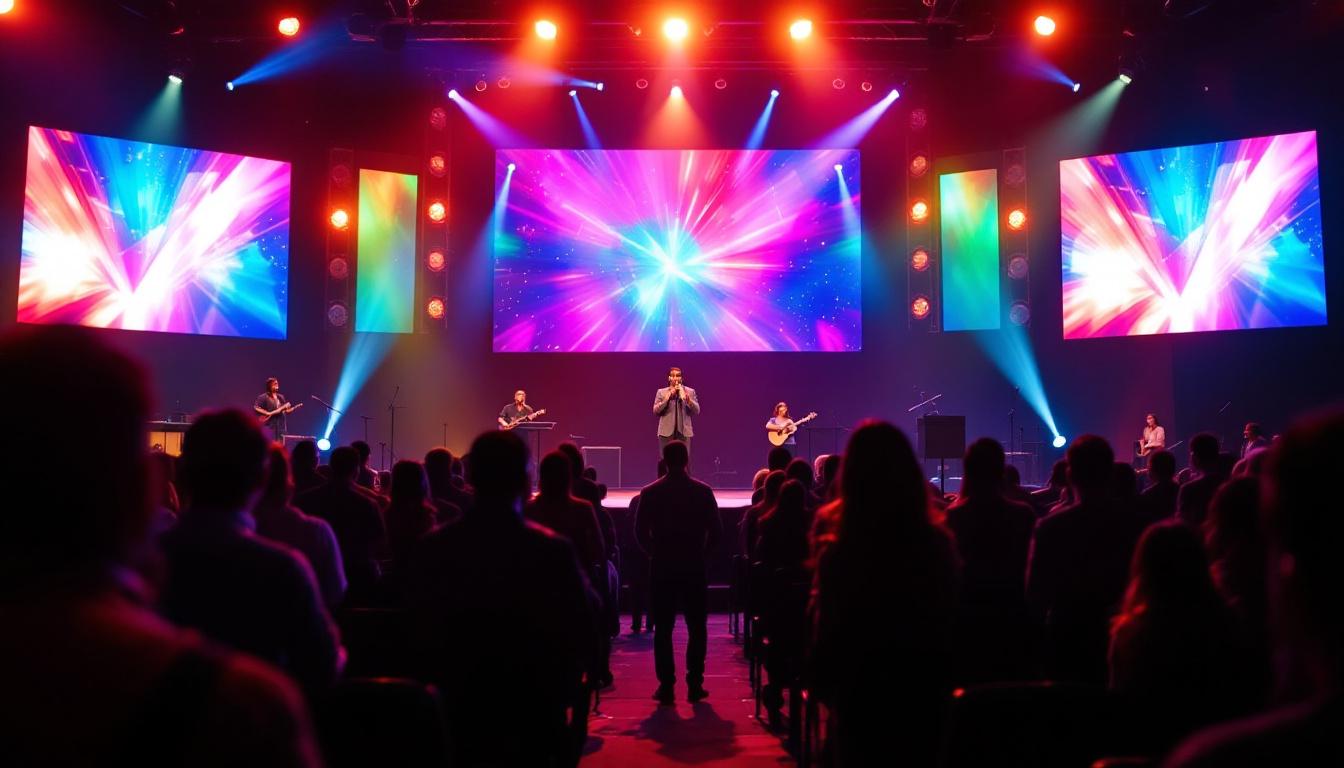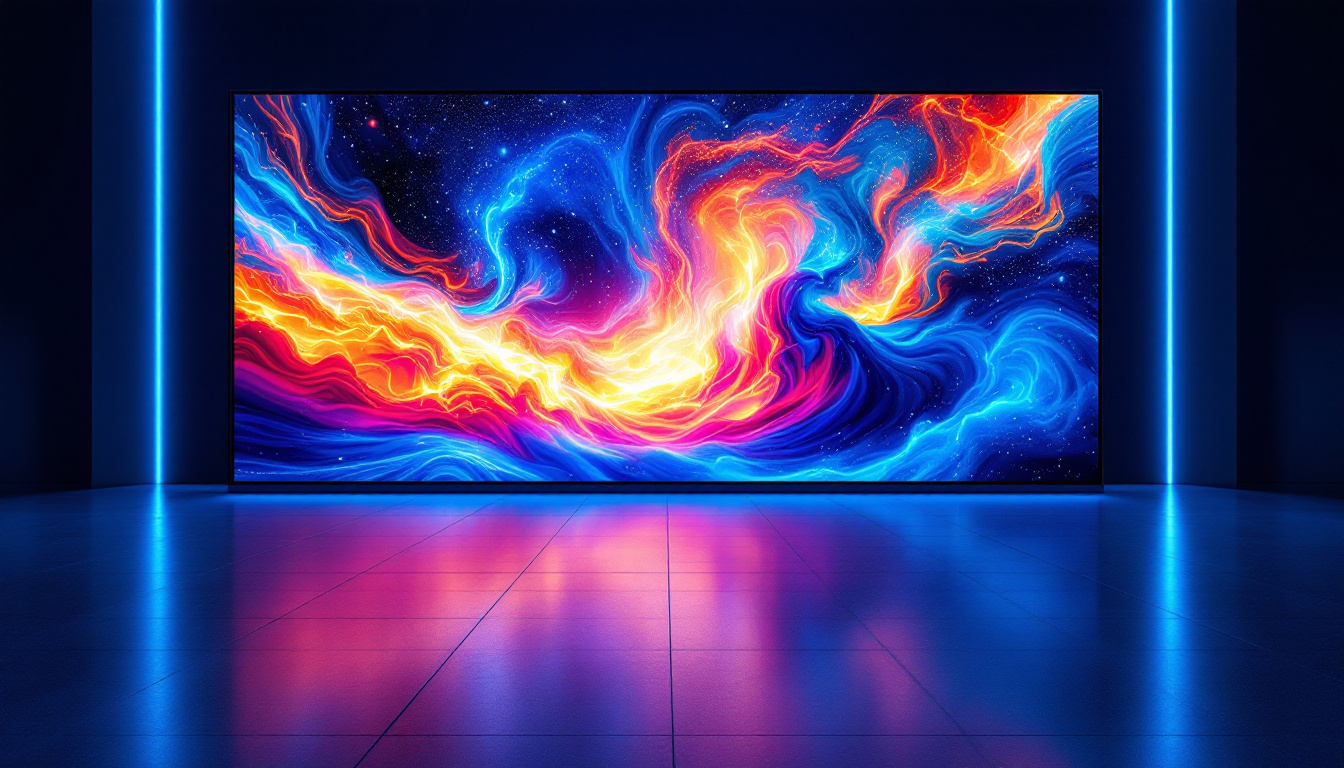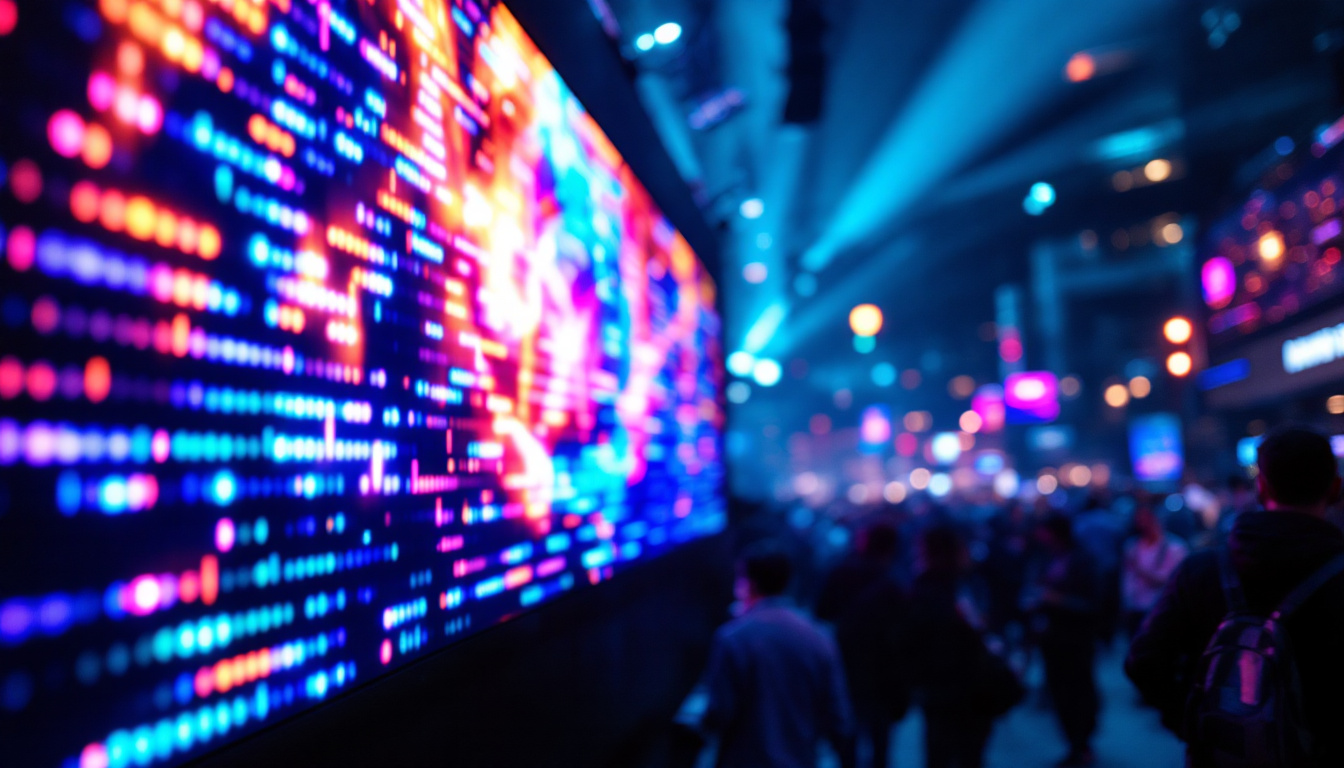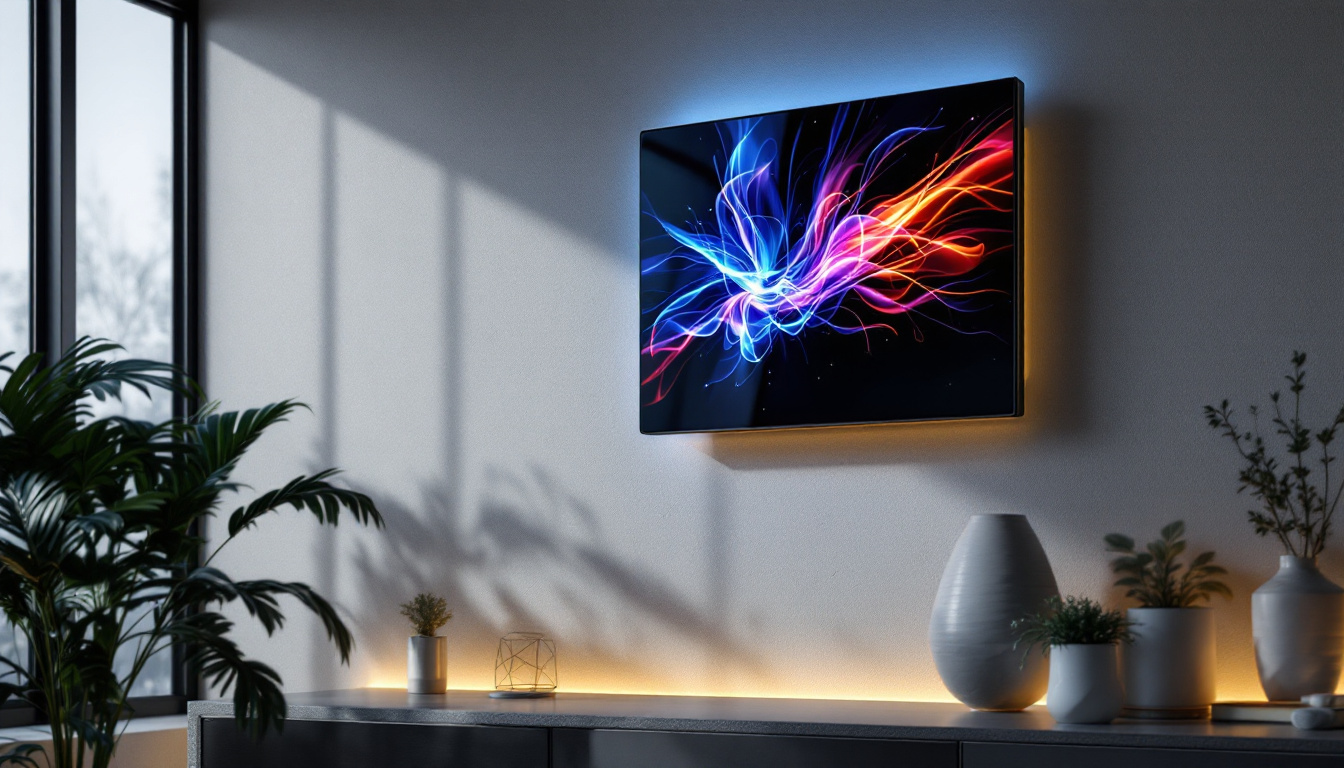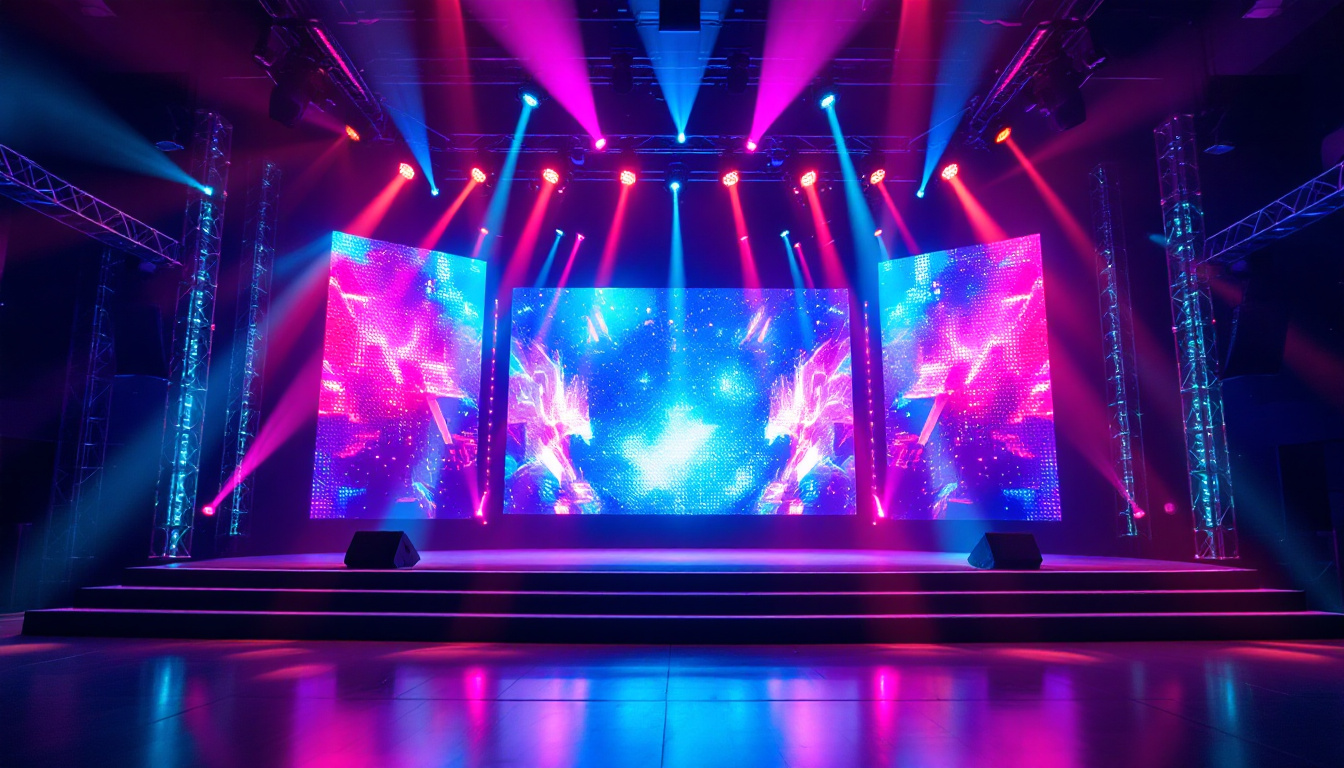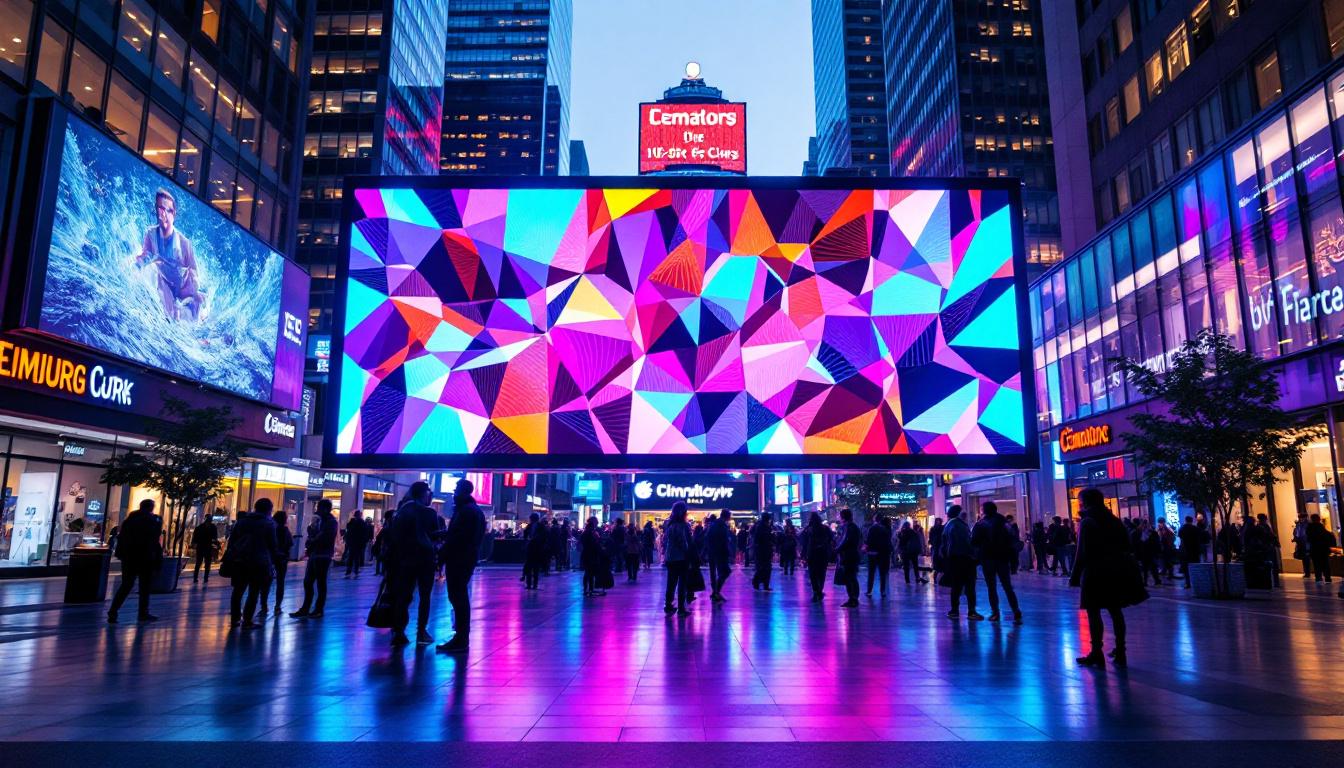In recent years, LED display walls have transformed the landscape of visual communication. From large-scale advertising to event staging, these dynamic screens have become a staple in various industries. Understanding how LED displays work, their benefits, and their applications can help businesses and organizations make informed decisions about integrating this technology into their operations.
What is an LED Display Wall?
An LED display wall is a large screen made up of multiple LED panels that work together to create a cohesive visual output. These panels consist of numerous tiny light-emitting diodes (LEDs) that produce bright, vibrant images and videos. The modular nature of LED panels allows for flexibility in size and shape, making them suitable for a wide range of applications. From large-scale events and concerts to advertising in public spaces, LED display walls have become a popular choice for their high visibility and impact.
In addition to their versatility, LED display walls are known for their energy efficiency compared to traditional display technologies. They consume less power while providing higher brightness levels, making them an environmentally friendly option. Furthermore, advancements in LED technology have led to improvements in color accuracy and lifespan, ensuring that these displays not only look stunning but also endure the test of time.
Components of an LED Display Wall
Understanding the components of an LED display wall is crucial for grasping how these systems operate. The primary components include:
- LED Modules: These are the building blocks of the display, containing clusters of LEDs that emit light in various colors.
- Control System: This system manages the content displayed on the screen, allowing for real-time updates and changes.
- Power Supply: LED displays require a consistent power source to function effectively, ensuring that all components receive the necessary energy.
Additionally, the structure that supports the LED panels, often referred to as the frame or mounting system, plays a vital role in the overall stability and safety of the display wall. This framework must be robust enough to hold the weight of the panels while allowing for easy installation and maintenance. Some systems even incorporate advanced cooling solutions to prevent overheating, ensuring optimal performance during extended use.
How LED Displays Work
LED displays function by lighting up individual diodes to create images. Each pixel on the screen is made up of red, green, and blue (RGB) LEDs, which combine to produce a wide spectrum of colors. The control system processes the input signals and determines which LEDs to light up, creating the desired visual output.
The resolution of an LED display is determined by the pixel pitch, which is the distance between the centers of two adjacent pixels. A smaller pixel pitch results in higher resolution and better image quality, making it ideal for close viewing distances. This is particularly important in environments like control rooms or broadcast studios, where clarity and detail are paramount. Moreover, LED displays can be configured in various aspect ratios, allowing for creative and dynamic presentations that can adapt to different content formats.
Another fascinating aspect of LED display technology is its capability for interactivity. Many modern LED walls integrate touch-sensitive technology or can respond to motion, enabling immersive experiences that engage viewers in a more profound way. This feature is increasingly being utilized in retail environments and exhibitions, where brands seek to create memorable interactions that captivate their audience and enhance customer engagement.
Benefits of LED Display Walls
LED display walls offer numerous advantages that make them a preferred choice for many applications. Their versatility, energy efficiency, and visual impact are just a few of the reasons why they have gained popularity.
High Brightness and Visibility
One of the standout features of LED displays is their high brightness levels. Unlike traditional LCD screens, which may struggle in bright environments, LED displays maintain visibility even in direct sunlight. This makes them ideal for outdoor advertising, stadiums, and other environments where lighting conditions can vary dramatically. Moreover, the vibrant colors and sharp contrast ratios of LED displays enhance the viewer’s experience, making advertisements and information more engaging and eye-catching. This capability to deliver stunning visuals ensures that messages are not only seen but also remembered, which is crucial in competitive advertising spaces.
Energy Efficiency
LED technology is known for its energy efficiency. Compared to older display technologies, LED displays consume significantly less power, translating to lower operational costs. This efficiency not only benefits the environment but also allows businesses to allocate resources more effectively. Furthermore, many LED displays come with advanced features such as automatic brightness adjustment, which optimizes energy use based on ambient light conditions. This means that during the day, the display can dim slightly to save energy, while at night, it can brighten to ensure visibility, thus maximizing both performance and sustainability.
Durability and Longevity
LED displays are built to last. They are resistant to shock and vibration, making them suitable for various environments, including outdoor settings. Additionally, LED technology has a longer lifespan compared to traditional displays, reducing the need for frequent replacements and maintenance. This durability is particularly advantageous for businesses that rely on continuous operation, as it minimizes downtime and associated costs. Furthermore, many LED displays are designed with weather-resistant features, ensuring they can withstand harsh conditions such as rain, snow, and extreme temperatures, making them a reliable choice for long-term investment.
Flexibility in Design
Another significant advantage of LED display walls is their flexibility in design and configuration. They can be assembled in various shapes and sizes, allowing for creative installations that can fit any space or aesthetic requirement. From large-scale video walls in concert venues to smaller, modular displays in retail environments, the adaptability of LED technology enables businesses to tailor their visual communication strategies effectively. This customization not only enhances brand visibility but also allows for dynamic content that can be updated easily, keeping the audience engaged with fresh and relevant information.
Enhanced Interactivity
In today’s digital age, interactivity is key to capturing audience attention, and LED display walls can facilitate this engagement through touchscreen capabilities and integration with mobile devices. By incorporating interactive elements, businesses can create immersive experiences that encourage audience participation, whether through games, polls, or social media integration. This level of interaction not only enhances the viewer’s experience but also fosters a deeper connection between the brand and its audience, driving customer loyalty and increasing the likelihood of conversions.
Applications of LED Display Walls
The versatility of LED display walls allows them to be utilized in a wide array of applications. From advertising to entertainment and beyond, these displays have found their place in various sectors.
Advertising and Marketing
One of the most common uses of LED display walls is in advertising. Businesses leverage these dynamic screens to showcase promotions, product launches, and brand messages. The ability to change content in real-time allows for targeted advertising, maximizing engagement with potential customers.
High-traffic areas such as shopping malls, airports, and city centers are prime locations for LED advertising displays. The vibrant colors and moving images capture attention and can significantly enhance brand visibility.
Events and Entertainment
In the events industry, LED display walls have become indispensable. From concerts to corporate events, these displays provide stunning visuals that enhance the overall experience. They can be used for backdrops, stage designs, or to display live feeds, ensuring that audiences remain engaged.
Moreover, the modular nature of LED panels allows for creative configurations, enabling event organizers to design unique setups tailored to their specific needs.
Transportation and Public Information
LED displays are also widely used in transportation systems to provide real-time information. Train stations, airports, and bus terminals utilize these screens to display arrival and departure times, ensuring that travelers are well-informed.
Additionally, public information displays can be found in city centers, providing updates on events, weather, and emergency alerts. Their high visibility ensures that important messages reach a broad audience quickly and effectively.
Considerations When Choosing an LED Display Wall
When selecting an LED display wall, several factors must be considered to ensure that the chosen solution meets specific needs and requirements.
Resolution and Pixel Pitch
The resolution of the display is critical, particularly for applications where viewers will be close to the screen. A smaller pixel pitch results in higher resolution, providing clearer images and finer details. Conversely, larger pixel pitches may be suitable for applications where the audience is further away.
Location and Environment
The installation location plays a significant role in the type of LED display wall chosen. Outdoor displays must be weather-resistant and capable of withstanding various environmental conditions, while indoor displays may prioritize aesthetics and resolution. Understanding the specific requirements of the environment will help in selecting the right display.
Budget and Cost of Ownership
Cost is always a consideration when investing in technology. While LED displays can have a higher upfront cost compared to other display technologies, their longevity and energy efficiency often lead to lower total cost of ownership over time. It is essential to evaluate both initial investment and long-term savings when making a decision.
Future Trends in LED Display Technology
The LED display industry is continually evolving, with advancements in technology paving the way for new possibilities. Understanding these trends can help businesses stay ahead in a competitive landscape.
Increased Resolution and Pixel Density
As technology advances, the demand for higher resolutions and pixel densities continues to grow. Future LED displays are expected to feature even smaller pixel pitches, allowing for ultra-high-definition visuals that enhance viewer experiences. This trend will be particularly beneficial for applications requiring detailed imagery, such as medical imaging and high-end retail displays.
Integration with Augmented and Virtual Reality
With the rise of augmented reality (AR) and virtual reality (VR), LED displays are likely to play a significant role in these immersive experiences. Future developments may see LED walls being integrated into AR and VR environments, providing dynamic backgrounds and enhancing user interaction.
Smart Technology and Connectivity
The integration of smart technology is another trend to watch. Future LED displays may feature enhanced connectivity options, allowing for seamless integration with other smart devices and systems. This capability will enable real-time data sharing and more interactive experiences, further enhancing the potential applications of LED display walls.
Conclusion
LED display walls have revolutionized the way information is communicated visually. Their versatility, energy efficiency, and high-quality visuals make them an ideal choice for a wide range of applications, from advertising to public information. As technology continues to advance, the potential for LED displays will only expand, offering exciting opportunities for businesses and organizations.
Understanding the components, benefits, and applications of LED display walls is essential for making informed decisions. By considering factors such as resolution, location, and budget, organizations can select the right LED display solution to meet their needs. As the industry evolves, staying abreast of trends and innovations will ensure that businesses remain competitive in a rapidly changing landscape.
Explore Cutting-Edge LED Display Solutions with LumenMatrix
Ready to elevate your visual communication strategy with the latest in LED display technology? LumenMatrix is at the forefront of innovation, offering a comprehensive range of LED display solutions tailored to your unique needs. From captivating Indoor and Outdoor LED Wall Displays to dynamic Vehicle and Sports LED Displays, and even customizable options like Floor and Transparent LED Displays, we have everything you need to create immersive visual experiences that resonate with your audience. Discover how LumenMatrix can transform your space and captivate your audience by checking out our LED Display Solutions today.



